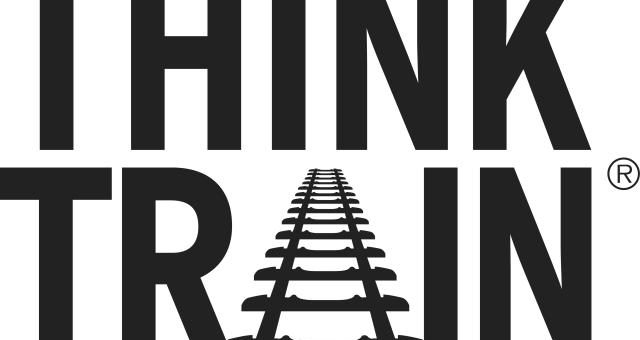
INDIANA- See Tracks? Think Train Week (formerly Rail Safety Week) is a concentrated week of rail safety education focusing on the importance of making safe choices when driving or walking near railroad tracks and trains. First held in the U.S. in 2017, this collaborative effort among Operation Lifesaver Inc., State Operation Lifesaver Programs, and rail safety partners across the U.S., Canada, and Mexico is now called See Tracks? Think Train Week (ST3Week for short) throughout the U.S. to represent better what the week-long observance is all about:
– Preventing railroad crossing and trespass incidents across North America
– Concentrating public attention on the need for rail safety education
Here are some basic tips to stay safe around the rails:
- Freight trains don’t travel at fixed times. Schedules for passenger trains often change. Always expect a train.
- All train tracks are private property. Never walk on tracks; it’s illegal trespass and highly dangerous.
- It takes the average freight train traveling 55 mph more than a mile—the length of 18 football fields—to stop. Trains cannot stop quickly.
- The average locomotive weighs about 400,000 pounds or 200 tons; it can weigh up to 6,000 tons. This makes the weight ratio of a car to a train proportional to that of a soda can to a car. We all know what happens to a soda can when hit by a car.
- Trains have the right of way 100% of the time over pedestrians and vehicles, including police and emergency vehicles.
- Trains overhang tracks. Stay 15 feet back from the tracks. Always assume railroad tracks are in use, even if there are weeds or the track looks unused.
- Trains can move on any track in either direction at any time. Sometimes, locomotives push cars instead of pulling them, which is especially true in commuter and light rail passenger service.
- Trains are quieter and moving faster than you think – only trains belong on the tracks. Today’s trains are quieter than ever, producing no telltale “clackety-clack.”
- Remember to cross train tracks ONLY at designated pedestrian or roadway crossings and obey warning signs and signals posted there.
- Stay alert around railroad tracks. Avoid texting, using headphones, or other distractions that could prevent you from hearing an approaching train; never mix rails with recreation.



